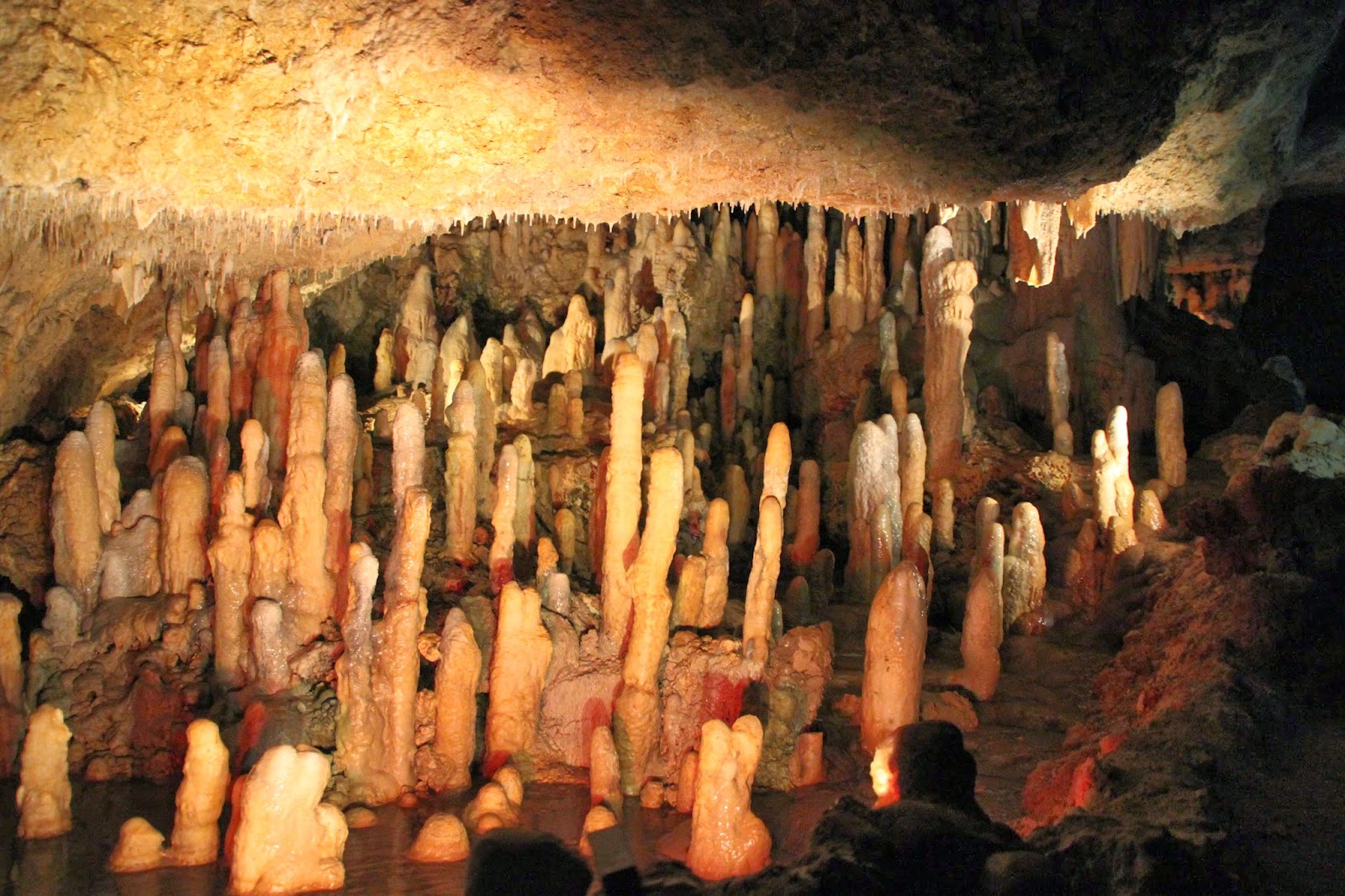Harrison's Cave - Nature's living work of art
Mother nature’s wonders seldom cease, neither do they cease to awe and floor us literally and figuratively. Tucked into the central region of the eastern Caribbean island is the lush green tropical expanse in “de heart uh Barbados” and in its sanctum sanctorum is embedded a limestone cavern, a marvel of nature’s beauty.
Amid breathtakingly stunning tropical flora, sprayed by occasional showers, emit the aroma of the earth lies Harrison’s Caves, home to myriad stalactite and stalagmite formations that are nature’s living and ever-evolving work of art.
A motorised tram awaits at the entrance known as the Boyce Tunnel, named after equipment operator Noel Boyce, who was the first member of the construction team to break through the bedrock.
Subdued lights embedded in the rock formations welcome the visitors, it can be an adventurous ride into a theme park, only that instead of ‘monsters’ popping out from the crevasses, the myriad shapes soothe the eyes and leave the interpretations to one’s imagination.
In the almost two-kilometre journey into the cave, droplets of water filter through the spectacular, crystallised limestone from the ceiling, the temperature drops several notches, causing goose pimples.
The tram continues its journey passing flowing streams, and pools of crystal clear water encapsulated by stony columns, bathed in hues of soft yellow light. The limestone speleothems, which are mineral deposits hanging from the ceiling, jut down like ice formations in an overworked freezer, only that these don’t have to be ‘defrosted’ at the flick of a switch.
Harrison’s Cave is named after Thomas Harrison, who owned majority of the land in the area in the early 1700s.
The location of cave was a mystery for centuries, several expeditions were organised in the 18th and 19th centuries, but did not make any headway as the natural entrances were impassable. In 1974, Ole Sorensen, a Danish engineer and cave adventurer assisted by Tony Mason and Allison Thornhill, two young Barbadians, rediscovered this natural wonder.
Harrison’s Cave, which was opened to the public in 1981, is a living, breathing and evolving artwork. It is estimated that the stalagmites in the cave grow by less than the thickness of a piece of paper each year; in geological terms, this is no less than an overdrive.
If parallels could be drawn standing in the Great Hall, in the heart of the cave, one can hear one’s voice echo from the walls and the 50-foot ceiling 3D surround sound at its natural best.
Interpretation of the formations in the cave is left to the imagination of the visitor, some bejeweled spectacles, most in rustic shapes, yet others give an impression of people in a huddle, engaged in intense conversations, while others can be interpreted as an aerial view of miniature model of a high-rise urban landscape.
Harrison’s Cave, like Mother Nature’s endless and limitless phenomenon, is a living space, resonated in the words of Ralph Waldo Emerson, “Adopt the pace of nature: her secret is patience”.






Comments
Post a Comment